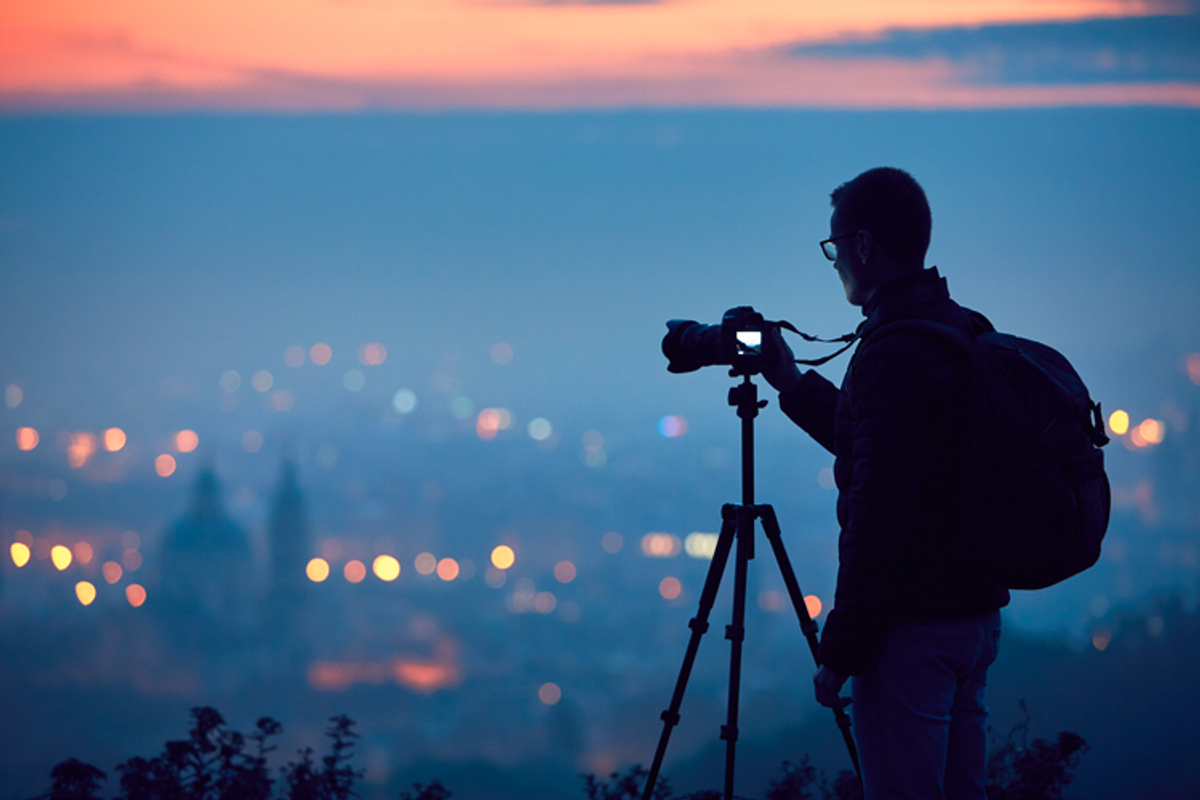WHAT IS COLOR GRADING?
Color grading is a colorimetric correction operation that allows you to precisely retouch the brightness, contrast, saturation, colors or even the definition of your images. This is an essential stage of post-production that occurs once the editing is complete. This process standardize and correct the plans of the same scene and gives a special atmosphere and aesthetics to your film.
TECHNICAL AND CREATIVE ASPECTS OF COLOR GRADING
Technical aspects: a quest for harmony and coherence
The technical work of the calibration harmonize the shots of the same sequence so that they give the illusion of continuity even if they were shot at a different time. For example, due to weather condition, the brightness can suddenly be very different from one plane to another without it being intended.
Work on the harmonization of skin shades is a priority. Calibration makes it possible to value faces and skin shades. This colorimetric aspect attract the greatest attention because we must be vigilant not to stray from reality and ensure that they are as natural as possible.
In order to give the impression of a unity of time and place, the colors and contrasts of the different planes of a scene are equalized. First, we work on the white balance to correct the dominant color due to the nature of the lighting. Then comes the standardization of the colors then the work on the luminance, the brightness and the contrast.
These steps are there to equalize the shots and make them consistent with each other.
Creative aspects: the identity quest
In addition to the purely technical work, part of the work deals with more aesthetic and artistic parameters of image processing. This creative dimension consists for example in working on the texture, the contour, the sharpness, the controlled blur, the grain of the image. The use and superimposition of effects and layers opens an infinite field of aesthetic effects. Colorful dominances can also be added in order to give a recognizable identity, a “graphic charter” of his own to the video. This allows to create a unique atmosphere and style to the audiovisual work in which the color pallet support the story being told.
Here is an example of the different steps of calibrating the images of the film The Martian:
COLOR GRADING THE MARTIAN
We all remember movies that stood out partly because of the atmosphere created by the color grading work. Here are some examples of movies for which the calibration work was significant:




HOW DOES A COLORIST WORK?
The creative process of audiovisual content is a team effort. The colorist works in close collaboration with the chief operator and the director. Reflection on the universe of the film, its aesthetics and the atmosphere to be transmitted through the work on the image is done upstream.
It is once the editing is complete that the colorist is in charge of recovering the files and doing the conformation, a return to the native rushes. It is during calibration that the aesthetic guidelines are put into practice and it is up to the chief operator to ensure that the technical and artistic directions are respected to achieve the desired visual rendering.
It is a meticulous work whose duration depends on the requests of the director and the work that needs to be done on the images. It is therefore difficult to give an idea of how long this stage takes without having details about the project.
WHAT EQUIPMENT FOR CALIBRATION?
Calibration requires high-performance equipment to process the image under optimal conditions.
The calibration software
There is a wide variety of calibration software: Davinci Resolve, Assimilate Scratch, Filmlight Baselight, Autodesk Lustre, Digitalvision Nucoda, or Mystika. The major differences between them, apart from the price, are the ability to manage in real time increasingly cumbersome files and the available features. Some of the steps in calibration are performed by the software’s analytical tools that perfectly interpret images, something that the human eye and the screen cannot do with the same degree of precision. This professional software is not easy to use and requires a thorough mastery of colorimetry.
In addition, some editing software are equipped with calibration tools, which are however more or less efficient. For example, Premiere Pro or Final Cut Pro have integrated calibration tools.
Calibration station and studio
Professional calibrators work in a calibration studio, which allows to have as little visual pollution as possible. To calibrate correctly, it is imperative that the screen has the correct reference colors. For this, the screen must be calibrated using the test pattern. Relying on a screen with the wrong colors can give… unexpected results.

Need a video or simple advice? Contact us !



